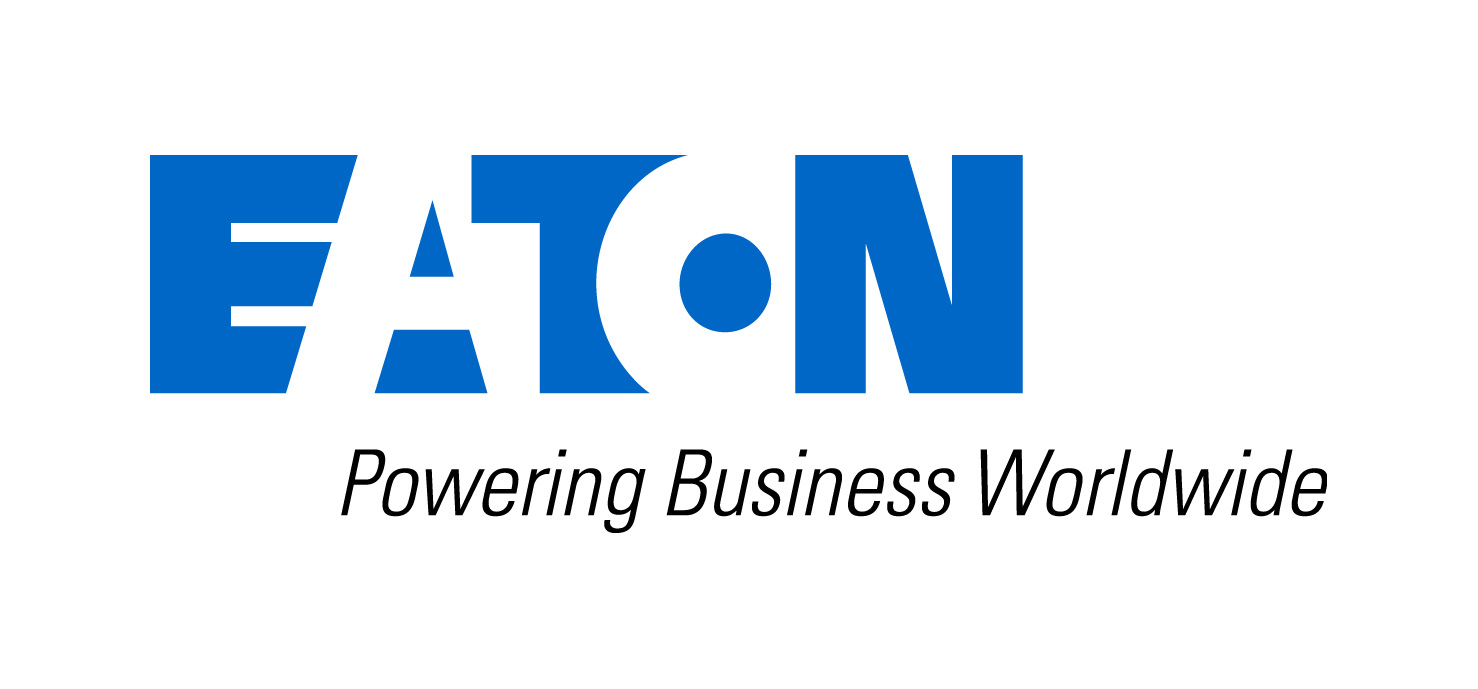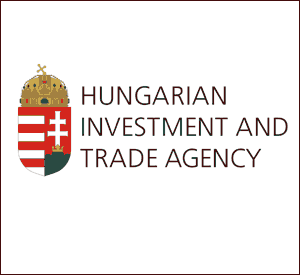Belgium: Belgium Energy Profile 2012
2012/02/22
Belgium Energy Profile 2012
Belgium's only significant mineral resource is coal, mined in the Kempen and the Sambre-Meuse Valley. Belgium was once a major European coal producer. However, production has been falling for many years, mainly because mining the deep underground seams is difficult and costly. The other products mined in Belgium are dolomite, granite, limestone, marble, and sandstone.
Oil and Gas Report Q4 2010
As regards natural gas, the Developed Europe region in 2010 consumed an estimated 419.5bcm, with demand of 458.1bcm targeted for 2014, representing 9.2% growth. Production of an estimated 259.3bcm in 2010 is set to fall to 259.0bcm in 2014, which implies net imports rising from the estimated 2010 level of 156.6bcm to some 199.1bcm by the end of the period. Belgium’s share of gas consumption in 2010 will have been an estimated 4.17%, while it makes no contribution to production. By 2014, its share of gas consumption is forecast to be 3.97%.
For 2010 as a whole, we continue to assume an average OPEC basket price of US$83.00/bbl, +36.4% year-on-year (y-o-y). Risk is now clearly on the downside, thanks to the slow progress made during June- August. However, a full-year outturn in excess of US$80 remains a strong possibility and we see no need to review our assumptions at this point. Assuming an OPEC basket price of US$85.00/bbl in 2011, with WTI averaging US$89.74. Our central assumption for 2012 and beyond is an OPEC price averaging US$90.00/bbl, delivering WTI at just over US$95.00.
For 2010, the assumption for premium unleaded gasoline is an average global price of US$95.45/bbl. The overall y-o-y rise in 2010 gasoline prices is put at 36%. Gasoil in 2010 is expected to average US$93.23/bbl. The full-year outturn represents a 35% increase from the 2009 level. For 2010, the annual jet price level is forecast to be US$95.90/bbl. This compares with US$70.66/bbl in 2009. The 2010 average naphtha price is put by BMI at US$83.53/bbl, up 41% from the previous year’s level. Belgian real GDP is assumed by BMI to rise by 1.6% in 2010. We are assuming average annual growth of 1.8% in 2010-2014. Oil demand is expected to have recovered only slightly in 2010, before rising slowly to reach 801,000b/d by 2014. From an estimated 17.5bcm in 2010, we expect to see gas demand rise to a minimum of 18.2bcm by 2014, all met by increased pipeline and liquefied natural gas (LNG) imports.
Between 2010 and 2019, we are forecasting an increase in Belgian oil and gas liquids consumption of 1.90%, with volumes rising slowly from an estimated 785,000b/d in 2010 to a peak of 805,000b/d by 2015. Gas demand should rise from the estimated 2010 level of 17.5bcm to 19.1bcm by 2019, all based on LNG and pipeline imports.
- Belgium News
-
- AFGHANISTAN: UNWTO: International tourism – strongest half-year results since 2010
- ALBANIA: US LNG exports make European market more competitive
- BELGIUM: Belgium Consumer Confidence Unchanged In August
- BELGIUM: Brussels Tourism launches its first Urban Culture Guide
- AFGHANISTAN: Higher earning Why a university degree is worth more in some countries than others
- BELGIUM: Belgium green lights unchanged Ceta
- Trending Articles
-
- SOUTH AFRICA: Nigeria and South Africa emerge from recession
- EUROPE: Ball Corporation Debuts Three New Aluminium Beverage Can Sizes
- BAHRAIN: Aluminium Bahrain’s Line 6 Expansion Achieves 25 Percent Completion
- CHINA: Chinese-supported infrastructure projects change Zambia's landscape
- NIGERIA: The Security and Exchange Commission approves the 40th Annual General Meeting of Oando PLC
- UZBEKISTAN: Former deputy PM named Uzbekistan Airways head










